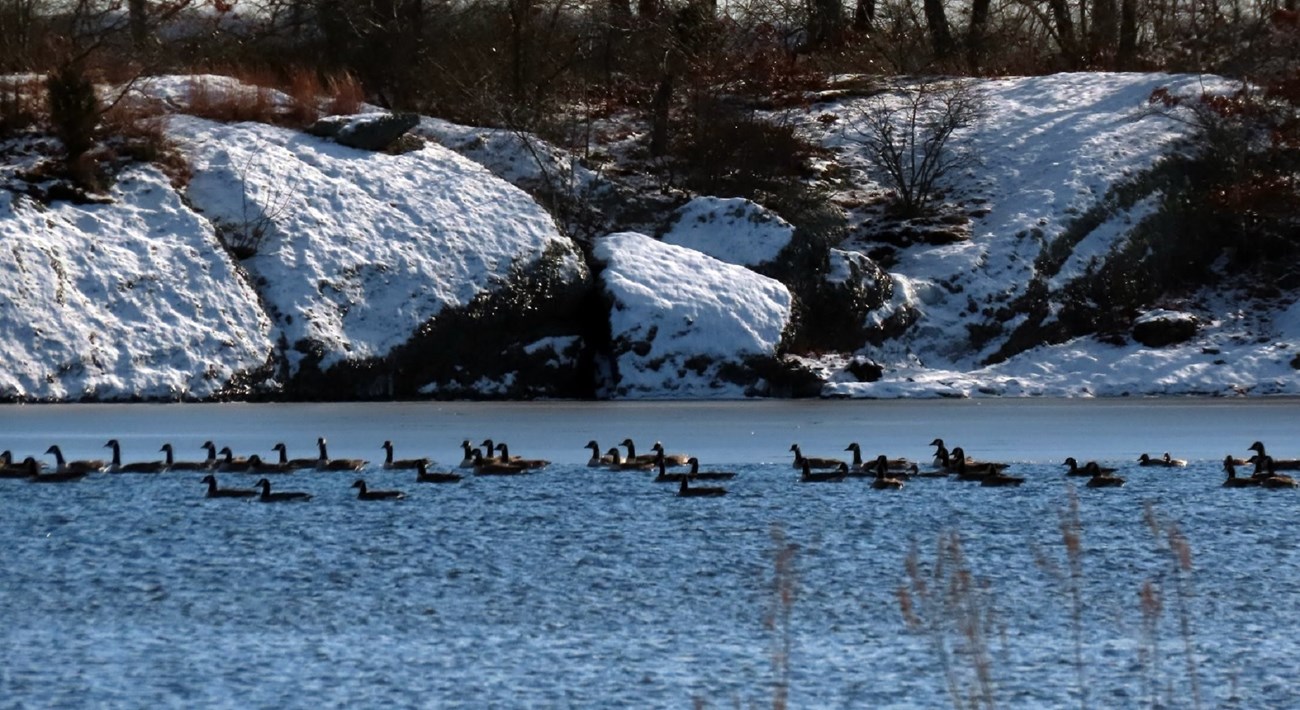Last updated: March 17, 2021
Article
Water Quality | A Look at the Water Quality of the Taunton River, MA
The Taunton River Watershed Alliance (TRWA) has been taking water quality samples at some locations for over 28 years. TRWA has a dedicated volunteer base that performs monthly testing at 20 different locations along the Taunton River and its tributaries. These samples are taken to measure nitrate, total phosphorous, bacteria, temperature, pH, dissolved oxygen, and total suspended solids. The primary issues that the Taunton watershed faces are driven by excess nitrogen and phosphorous, droughts, and floods exacerbated by climate change. This has caused the TWRA to work with partners in the Resilient Taunton Watershed Network (RTWN) on resiliency initiatives, such as improving stormwater management and streamflow. An immediate need to improve water quality is for the watershed’s seven major wastewater treatment plants to complete the upgrades needed to reduce excess nitrogen loading. As with many urbanized waterways in the US, excess nitrogen has been documented in this watershed (documents may be found on the water quality monitoring webpage). Excess nitrogen has been shown to cause algae blooms, eutrophication and reduced dissolved oxygen in the deeper waters of the lower river and Mount Hope Bay, thus preventing a stable ecosystem and threatening species in the Taunton River such as the endangered Atlantic sturgeon, winter flounder, and sea run brook trout.

|
Wild and Scenic River |
Reporting Cycle |
Miles by Water Quality Classification |
Listed Impairments |
|
Taunton River |
2016 |
Good: 0 |
Fishes Bioassessments; Oxygen, Dissolved; Fecal Coliform; Enterococcus; Escherichia coli |
Wild and Scenic Rivers, like all rivers, are protected under the Clean Water Act, which requires states to establish water quality standards for waters within their jurisdiction. Every two years, states are required to report whether these standards are being met. In 2018, NPS compiled information from the most recent state assessments to identify the water quality status of all designated Wild and Scenic Rivers. Based on the information available at the time, NPS determined that roughly 44% of all Wild and Scenic River miles did not meet their water quality standards, with temperature, mercury, and metals being the most common causes of impairment. Want to learn more about Wild and Scenic River water quality? Read the full report found on the rivers.gov website here.
